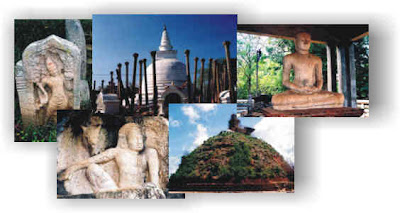
"Uda Walawe National Park" One of the best parks to view wild Elephants"
Uda Walawe lies South of the central hills of the island, and it surrounds the man made reservoir of Uda Walawe, which is part of the park. It is a mixture of abandoned teak plantation, scrub jungle & grassland. The dry season is best to watch the many herds of elephant that roam the park; which is usually between May & September.
Almost the entire park is covered with tall, reedy Pohon grass, which grows all year round, except during the months of June and October.
Uda Walawe is a superb place to watch elephants. An estimated 500 elephants in herds to up to 100 live here. One of the reasons is the elephant-proof fence that surrounds the perimeter of the park, which keeps the elephants in and the cattle (and humans) out
Uda Walawe lies South of the central hills of the island, and it surrounds the man made reservoir of Uda Walawe, which is part of the park. It is a mixture of abandoned teak plantation, scrub jungle & grassland. The dry season is best to watch the many herds of elephant that roam the park; which is usually between May & September.
Almost the entire park is covered with tall, reedy Pohon grass, which grows all year round, except during the months of June and October.
Uda Walawe is a superb place to watch elephants. An estimated 500 elephants in herds to up to 100 live here. One of the reasons is the elephant-proof fence that surrounds the perimeter of the park, which keeps the elephants in and the cattle (and humans) out







